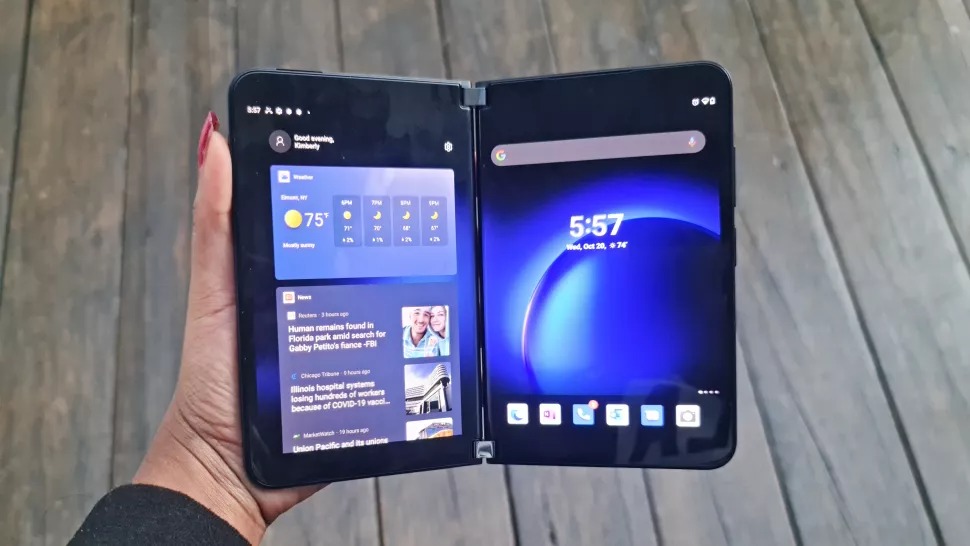
Google officially announced the existence of the long-rumored Pixel Fold, and after spotting its teaser video on Twitter, I noticed that it looked awfully familiar. After a second or two, a few dreadful flashbacks hit me. The Pixel Fold looks like the — dun, dun, dun — Microsoft Surface Duo!
If you take a look at my reviews for the Microsoft Surface Duo and Surface Duo 2, I was quite critical of the Redmond-based tech giant's foldable device. Don't get me wrong; the Surface Duo has its positives as an app-juggling, innovative gadget. After all, it's known as the world's thinnest foldable, which means that Microsoft came up with some brilliant engineering concepts to pack in crucial components (e.g., the internal cables are as thin as a hair strand).
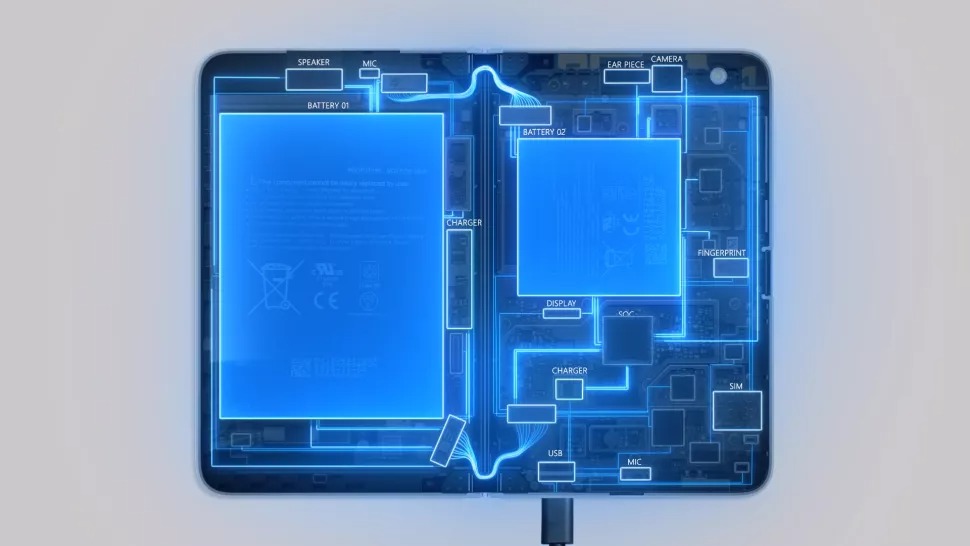
However, it had more cons than pros. The most concerning of all was its fragility. Here are three reasons why the Pixel Fold's Surface Duo-esque form factor worries me.
1. The Google Pixel Fold may be too fragile
My Surface Duo's display went kaput after just a few months; it started displaying a strange green screen flicker. In fact, I wasn't the only one who suffered this issue. At the time, I spoke with a popular tech YouTuber — one you may know — who said that he experienced the same problem with his Surface Duo.
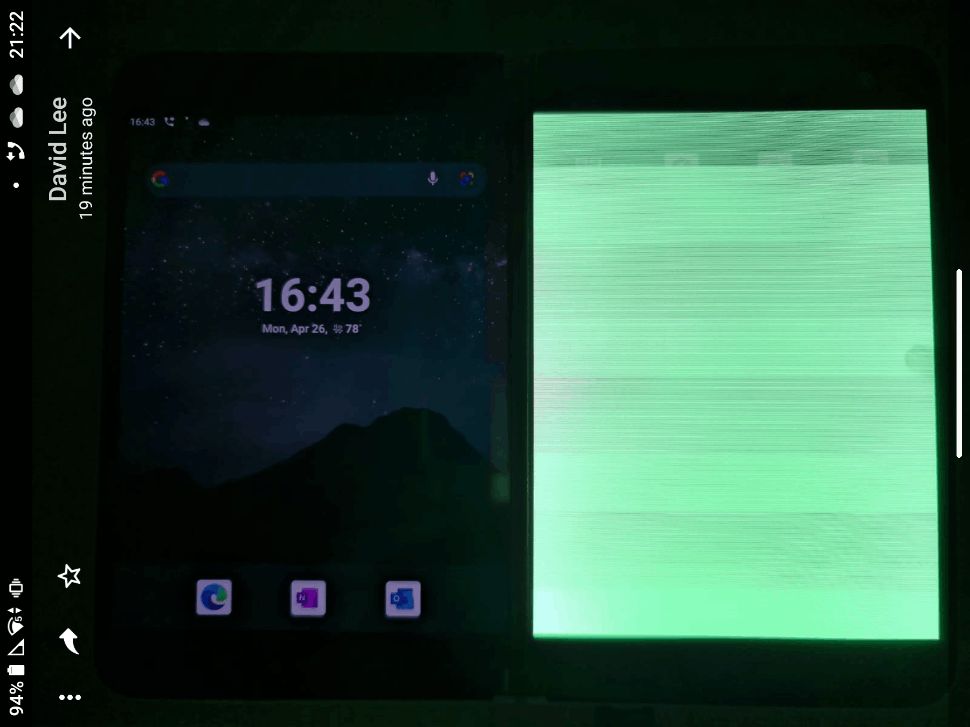
Complaints about this bizarre green screen effect began piling up within Microsoft's Support Community, too.
I'm not a Microsoft engineer, so I don't have an earthly idea as to why this was happening, but I can give a few educated guesses. As mentioned, the Surface Duo is very thin (0.18 inches while unfolded), and consequently, this slimness comes with compromises that affect the display's integrity, durability and longevity. On a phone like the Samsung Galaxy S23 Ultra or the iPhone 14 Pro Max, there's ample padding between the internal components and the chassis to shield them from malignant outside forces. The same can't be said for the Surface Duo — and I fear that the Pixel Fold may suffer the same fate.
The Galaxy Z Fold 4 (0.25 inches thin unfolded) is bulkier than the Surface Duo, but that's a blessing in disguise. (Watch JerryRigEverything, a regular contributor of Laptop Mag's 'We asked 5 phone experts' series, showcase the Galaxy Z Fold 4's impressive durability.)
According to a leaked dummy model of the Pixel Fold, it's 0.22 inches thick, so you can see why I'm a little bit skeptical about the Pixel Fold's durability. Sleekness is cool, but durability is more important, especially if you're dropping $2,000. Who cares if you've got the world's thinnest foldable if it falls apart in less than a year? (I'm lookin' at you Surface Duo!)
However, I could be wrong, especially if there's truth to the rumor that the Pixel Fold has an IP water resistance rating, which is more than I can say for the Surface Duo.
2. The thick bezels will make streaming unpleasant
The Google Pixel Fold's bezels as quite thick à la the Microsoft Surface Duo. While navigating through applications like TikTok and Spotify on the Surface Duo, I surprisingly did not find the massive display frame to be irksome — until I fired up Netflix or YouTube.
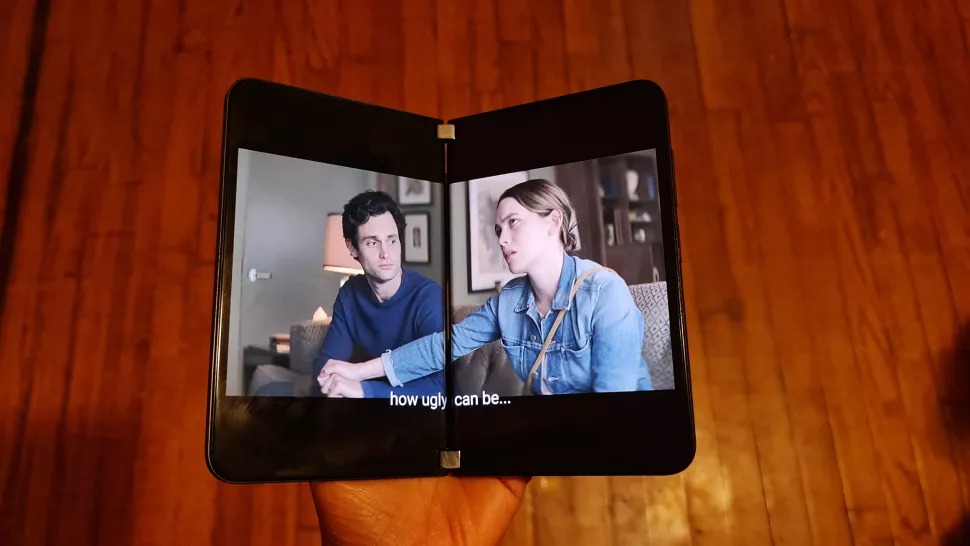
The bezels on the Surface Duo are already too prominent, but the YouTube and Netflix apps had a bothersome letterboxing effect that made the bezels appear even more conspicuous than usual. In other words, the viewing area shrunk way too much for my liking.
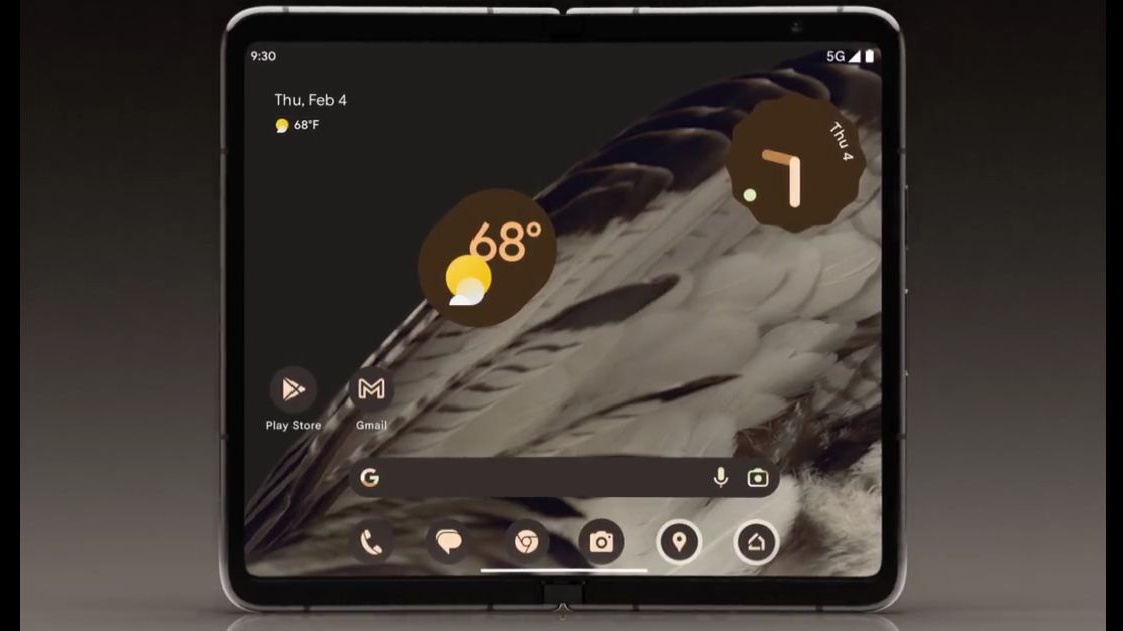
Looking at the teaser video for the Pixel Fold, its bezels are quite thick, giving the display design an obsolete look compared to other phone competitors that are nearly $2,000. We'll just have to wait and see if users can tolerate the Pixel Fold's bezels while streaming their favorite shows.
3. Overpriced for its specs
I fear that the Pixel Fold may be a sales flop for Google. I speculate that one of the reasons why the Surface Duo wasn't flying off the shelves is because it was priced at $1,400 at launch — and its specs weren't worth the price.
Camera quality is one of the most important selling points of a phone for many consumers, and the Microsoft Surface Duo's cameras are mid.
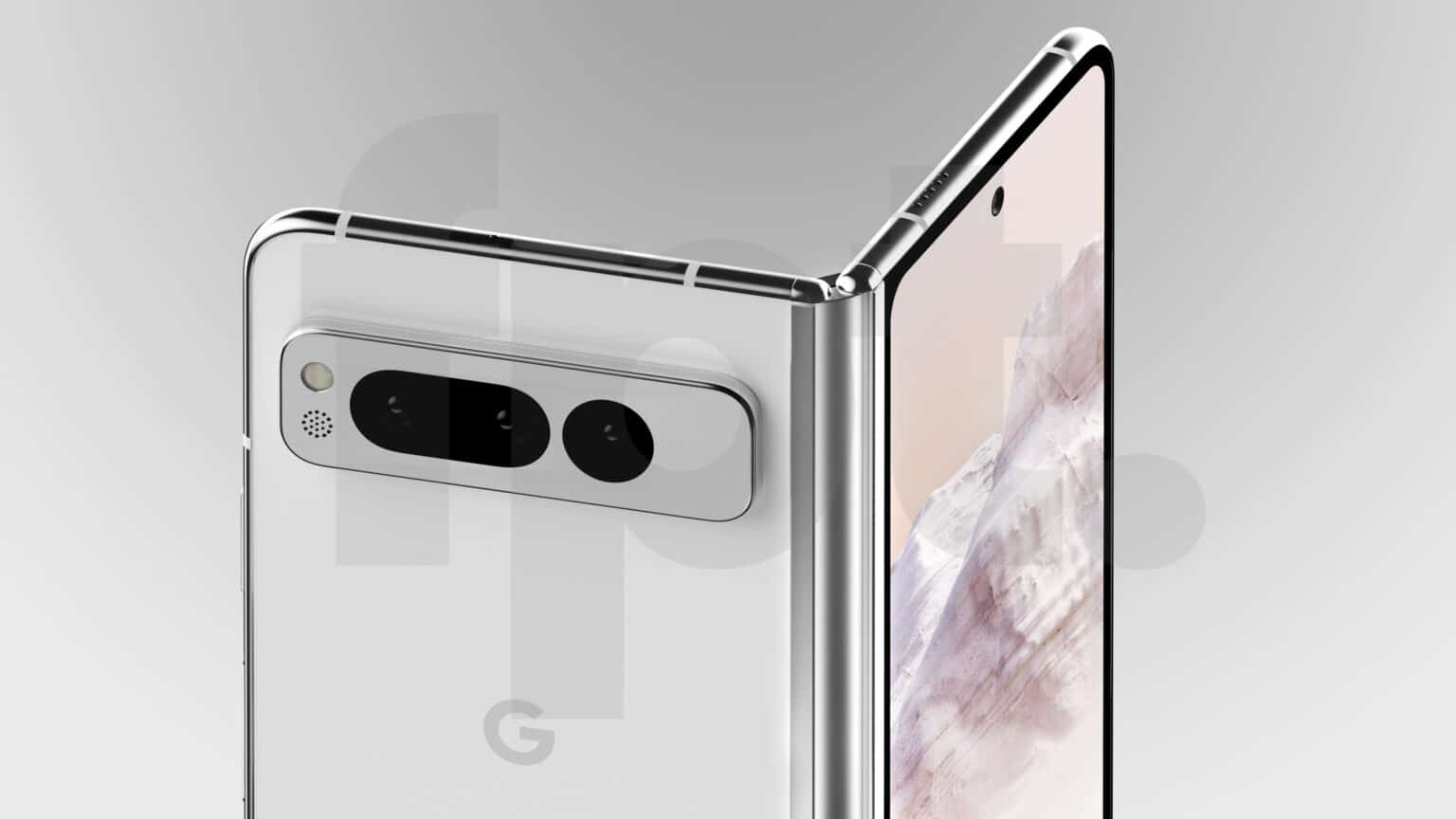
The original Surface Duo has a ho-hum 11-megapixel camera. The Surface Duo 2, on the other hand, featured a new triple-lens rear camera module, but didn't offer any industry-leading specs, which is difficult to swallow if you're spending an arm and a leg.
Fortunately, the Pixel Fold is expected to have a better set of cameras. The Pixel Fold is rumored to have a 48MP main rear camera (f/1.7 aperture, 0.8 μm pixel size, and an 82-degree field of view). It reportedly has two 9.5MP selfie cameras: one on the cover screen and another on one of the panels. A bit of an odd megapixel count, but it certainly beats the Surface Duo. On top of that, the Pixel Fold will feature ultrawide and telephoto lenses. Not too shabby!
So what am I worried about? The Tensor G2 chip that's reportedly inside. Even in our review of the $600 Pixel 7, which comes with the Tensor G2 chip, we complained that its performance was lacking. The Pixel Fold is designed to cater to multitaskers who juggle several apps at once, so it'll be interesting to see if the processor can keep up with users' demands. A $2,000 price tag is a difficult sell for any phone manufacturer, but it's particularly challenging when the specs fall short of similarly priced, non-foldable rivals.
Bottom line
Foldables have had some trouble catching on. The Galaxy Z Fold series is the most successful foldable thus far, but phones with bendy form factors are still struggling to captivate the masses.
I'm sure that the Pixel Fold will appeal to early adopters and deep-pocketed risk takers, but will the Pixel Fold cause the breakthrough that the foldable-phone market desperately needs? I'm not too sure, but I'm leaning towards no.
Hopefully, the Pixel Fold's app-jugging software is so seamless and smooth, allowing users to run several Google services simultaneously, that it overshadows any of the aforementioned potential downsides. In the end, I'm rooting for the Google Pixel Fold, but I couldn't help but experience some shudder-filled flashbacks when I saw its ivory-esque chassis, which is reminiscent of the original Surface Duo.







